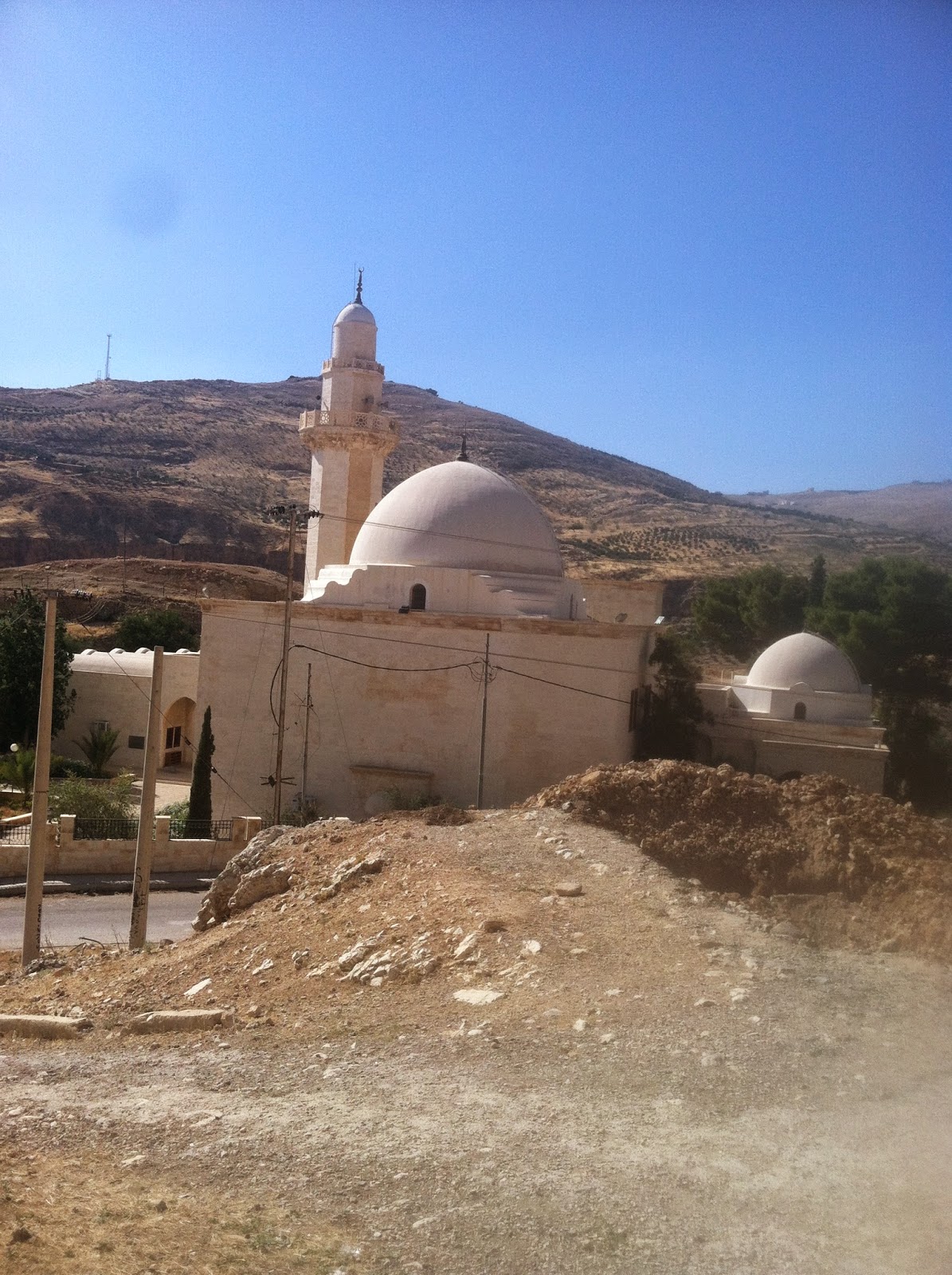For my final project I made a video on the local Arabic dialect in Jordan which you can view below.
I asked the staff at SIT if they knew any important political figures in Jordan that I could interview, to learn more about Jordan and to practice my Arabic. A few days later, Deema, who is in charge of human resources at SIT, set up an interview for me with Dr. Jawad Al Anani. Below is a short Biography of Dr. Anani and the questions that I asked him. I will be uploading a video of our interview with English subtitles when I return to the U.S.
1.
What are your thoughts on
the current issue of water in Jordan combined with the increasing amount of
refugees moving to Jordan?
ما رأيك بقضية الماء الحالية في الأردن مع الاخذ بعين
الاعتبار تدفق اللاجئين إليها؟
2.
3.
Do you believe that the
citizens living in the Badia and the Cities receive equal treatment? Why?
هل تعتقد بأن المواطنين الذين يعيشون في البادية
والمُدُن يعاملون بمساواة في الأردن؟
4.
What are your thoughts on
the New Al-Abdalli projects from the Saudi & Qatarian Investors? Will they
be give jobs to Jordanians?
ما رأيك
بالمشاريع الجديدة في العبدلي بتمويل من المستثمرين السعوديين والقطريين؟
في توفير
فرص عمل للأردنيين؟
5.
6.
I am currently reading the
book Cities of Salt. Have you read it? If so what are your thoughts?
حالياً
أنا أقرأ كتاب "مُدُن الملح"
هل قرأته؟
7.
Are you happy that Jordan does
not depend on oil like many other Arab countries?
هل تشعر
بالرضا لأن الأردن لا يملك النفط مثل كثير من الدول العربية الأخرى؟
Fun Questions
1.
What is the best advice you
have for people visiting Jordan?
ما أفضلُ نصيحة تقدمها لزوار الأُردن من حيث:
a.
Places to go?
أماكن للزيارة؟
b.
People to
meet?
أشخاص يقابلونهم؟
c.
The best
restaurants to go to?
أفضل طعام؟
d.
How can they
plug into the culture?
كيف يمكنهم الاندماج مع الثقافة؟
Here is a link to learn more about Dr. Al Anani http://www.senate.jo/node/358
My friend Basheer, the program Director's brother, who came to visit for a couple weeks this summer.
He is an Engineer form Sudan and loves photography. I really enjoyed getting to know him during the short time he was here.
My friend Muna, who spends a couple hours a day, a couple days a week helping me learn to vocabulary.
This is a small church I went to last week. It was really interesting singing hymns in Arabic that are older than a lot of the songs in American churches today.
A tattoo that one of my classmates got last week
This is my friend Mohammad on the left and his brother on the right from Egypt
Mohammad is a handyman at SIT.
After working here for a year, Mohammad hadn't learned very much English. Last week, I spent about 20 minutes a day, teaching him English, which helped me practice Arabic. This is a picture of an Iftar we had together, which is the meal you eat after a day of fasting during Ramadan.
My friend Joseph and I took a two and a half hour bus ride to Umm Qyas, a city in North Eastern Jordan. It is known for it's roman ruins, and a black amphitheater made out of volcanic rock. Shortly after we arrived, we realized that we were only five kilometers away from Syria and the area of Palestine, as well as Lake Tiberius بحيرة الطبرية/ the Sea of Galilee.
In this video to the right is Syria
The left is the area of Palestine

The purple and red dots are Umm Qyas
There was no one at the Museum in Umm Qyas because it was Friday and during Ramadan, which seemed odd at first, but we ended up meeting some other tourists at a Cafe built into one of the old ruins.
Here is the sunset on the way back from Umm Qyas to Amman.
It only took 2 JD's to get to Umm Qyas, but since it was Friday all the buses stopped at 4 pm. We didn't leave until 6 pm, so we had to pay 15 JD for someone to drive us back to Amman. The drive back took half the time because our drive was going over 100 mph most of the way. It was pretty fun!
Our driver, حسان Hassan



























































